Hey there, land-hoarders and future rural moguls! Ever scroll past those dreamy “land for sale” posts and think, “Why is that acre the price of a latte?” Well, buckle up, because I’ve dug up 13 spots where dirt-cheap land is still on the market—but won’t be for long. Whether you’re plotting a homestead, a tiny off-grid cabin, or just want bragging rights to your own slice of nowhere, these hidden gems are calling your name. Let’s embark on a world tour of undervalued dirt before everyone else catches on.
1. Northern Michigan
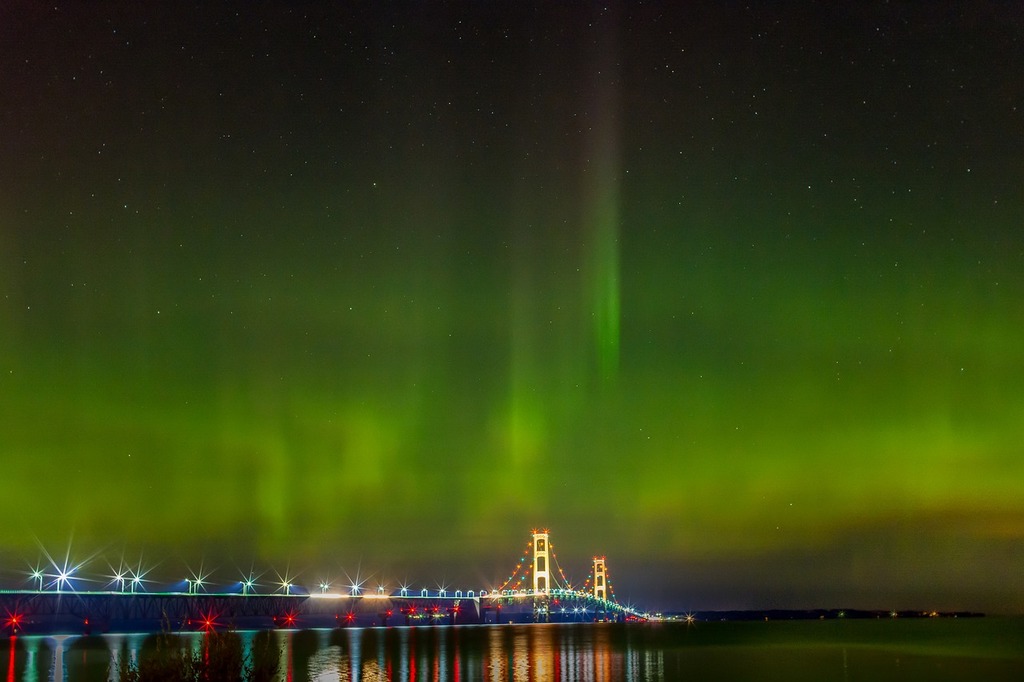
Land in Michigan often feels like a unicorn—but not up north. According to the New York Times, you can still snag wooded parcels for as low as $2,500 an acre, thanks to decades of affordable lake-effect snow country and rolling forests. It’s the kind of place where your only neighbors might be a moose or two, and you can actually see the Milky Way at night without light pollution stealing the show. Recreational hunters, kayakers, and anyone who dreams of four seasons in technicolor have been quietly snapping up these deals. Yet, sprawling ranches and remote cabins are starting to disappear faster than summer tourists in October.
Prices have ticked upward by around 10–15% year-over-year as remote work gains traction and people chase space over subway stops. Fiber-optic projects are rolling out, making “work from your dock” a very real possibility. Local towns are embracing newcomers with co‑working spaces in renovated barns and artisan breweries popping up in converted silos. Climate refugees are eyeing Michigan as a safe bet—cool summers, manageable winters, and enough renal tourism to keep the economy buzzing. Bottom line: Buy now before your future neighbors start complaining about your drone delivering their Amazon packages.
2. Eastern Arkansas
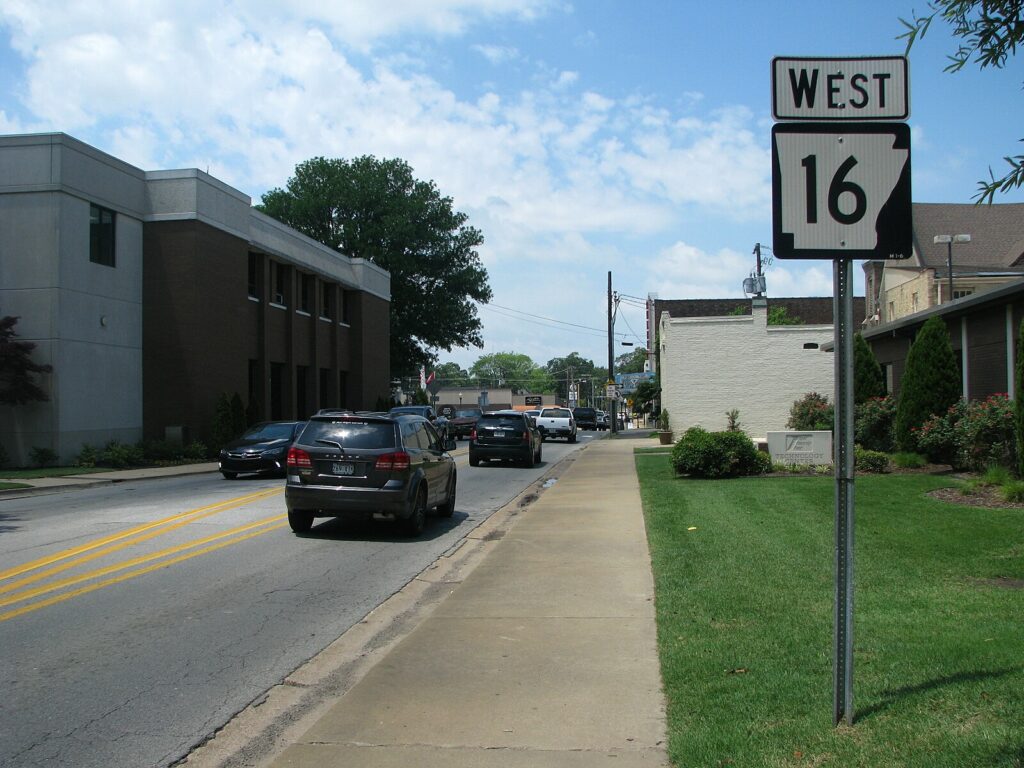
Think Arkansas is all catfish and cotton? Think again—especially in the Delta. Per MSN, acres along the Mississippi corridor are averaging under $1,500, thanks to historic farm depression and low demand. These flat, loamy fields were once the backbone of America’s cotton kingdom, but now they’re a bargain waiting for a new crop: solar farms and data centers. Major utility companies have designs on this solar potential, eyeing those wide-open skies for giant photovoltaic arrays.
At that price, you could buy ten acres for the cost of a downtown studio apartment. Local mayors are rolling out the red carpet—tax abatements, fast‑track permits, you name it—to lure agritech startups and energy storage facilities. With new high‑voltage transmission lines cutting through the region, the power is literally at your doorstep. If you ever dreamed of being the landlord to a dozen gigawatts of solar panels, now’s the time to stake your claim in the Natural State.
3. West Virginia’s Mountain Hollows

Deep in Appalachia, West Virginia’s hills hide some of the country’s most overlooked bargains. As reported by Forbes, average land prices hover around $3,700 per acre—compared to the national average of over $4,000. These hollows are perfect for off‑grid living: think tiny cabins, spring‑fed creeks, and firewood’s included in the price. Locals are betting on ecotourism and carbon‑credit programs to boost demand soon, so untamed land here won’t stay cheap.
Remote‑work incentives (yes, they’ll actually pay you to move) and improved broadband initiatives are springing up, bringing digital nomads to towns that once ghosted by Walmart’s weekly schedule. Adrenaline junkies are eyeing white‑water rafting businesses on the New River, while wellness brands are courting “forest bathing” retreats. When coal gives way to green energy, these valleys will be prime real estate, so grab your pickaxe and a tent before the next gold rush—in wind turbines—takes off.
4. Eastern Oregon’s High Desert
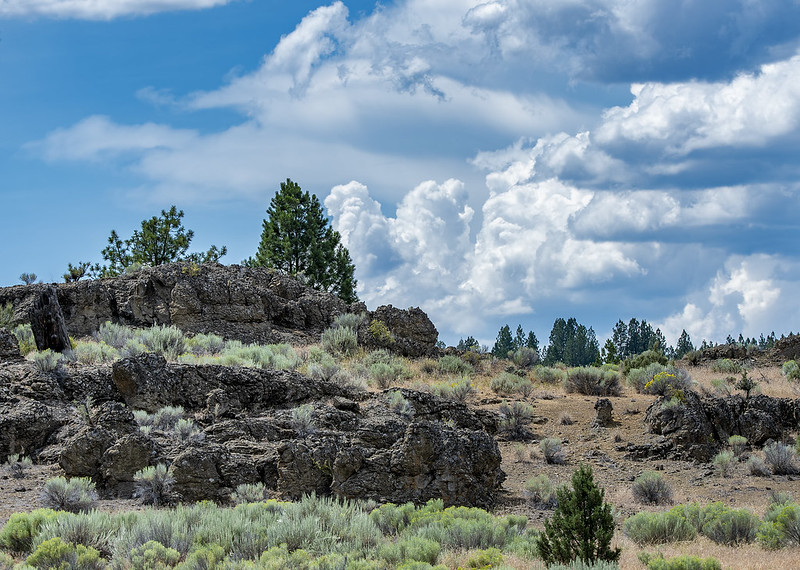
Shhhh… don’t tell everyone about Oregon’s dry side. Courtesy of the Oregon Times, ranchland and sagebrush expanses near Burns average just $500 per acre. That’s right—you can buy a football field’s worth of desert for less than most people pay for a downtown parking spot. Light regulation, stunning volcanic backdrops, and wide skies are luring filmmakers, stargazers, and crypto‑miners seeking cheap power and land.
Affordable wind‑farm leases are popping up faster than tumbleweeds in spring. County commissions are promising lenient zoning for renewable‑energy projects and ag‑tech trials, thinking “why not turn this high desert into a tech oasis?” With Silicon Valley’s power bills soaring, energy entrepreneurs are scouting Eastern Oregon for solar and wind synergy. It’s the frontier of the new West—so bundle up, claim your stake, and watch the next wave of green investments sweep through town.
5. Northern Maine’s Lake Country
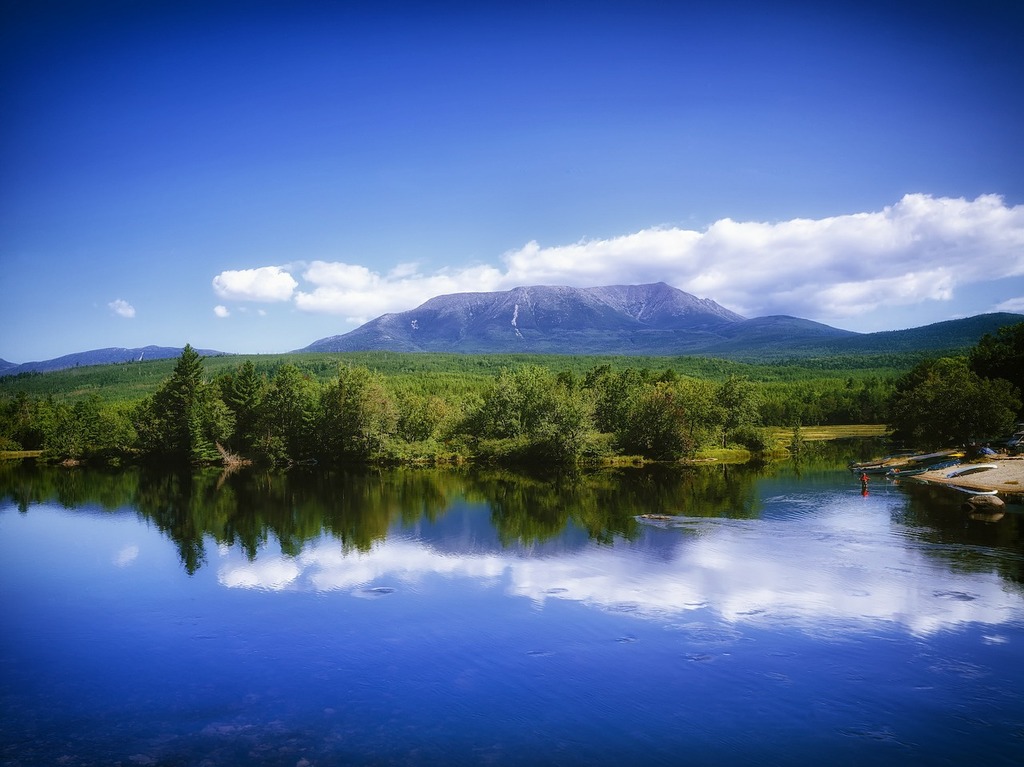
According to the Fox Bangor, Maine has been the bargain for a long time and it’s now being discovered. Here, lakefront acreages once priced at $3,000 are flirting with $5,000, driven by remote executives swapping condo fees for cabin fees. Rustic camps and historic lodges are being replaced by sleek, solar‑powered retreats. It’s a retreat that might cost you as much as your old city commute—so move fast.
Maine’s rural towns are offering tax breaks and even cash incentives to fend off population decline, turning vacancy into victory. Outdoor‑gear brands are scouting Instagram influencers to showcase cross‑country ski trails that literally start in your backyard. With fiber‑optic lines creeping up the coast and a resurgence of maritime industries, this wooded nirvana is shedding its “out‑of‑the‑way” label. Once you’ve kayaked on Moosehead Lake at dawn, there’s no going back—especially once everyone else catches wind of the score you scored.
6. Baja California’s Inland Valleys
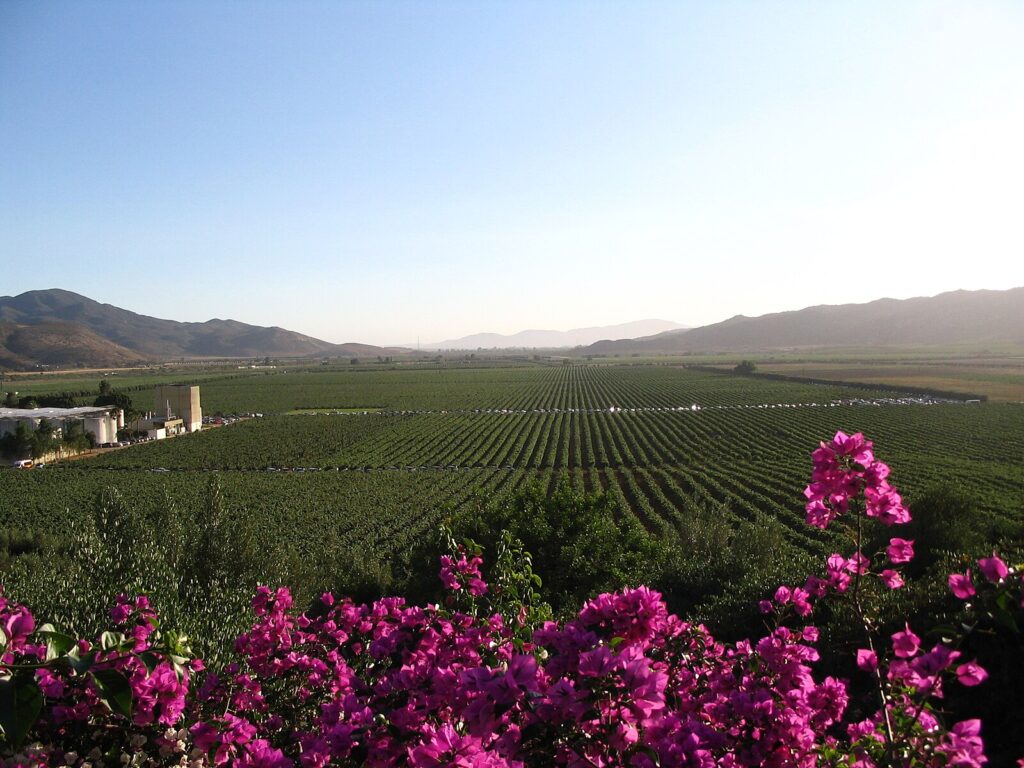
Mexico’s surf‑obsessed coast gets all the hype, but just inland from Ensenada lies expansive valleys where land prices are still under $1 per square foot. Viticulture is booming, micro‑brew startups are sprouting, and boutique avocado farms beckon. Plus, energy costs are lower south of the border, making agtech and greenhouses super profitable. With a growing binational tourism scene, property here is destined to rival Napa in five years—so stake your claim before the border‑hoppers catch on.
Local governments here are rolling out gold-star incentives: think minimal capital-gains taxes, easy permit pathways, and partnerships with US-based agritech incubators. The wine trail along Valle de Guadalupe is becoming an Insta-hotspot, bringing гаÑтротуриÑÑ‚Ñ‹ who want more than the beach. Solar power installations keep operating costs ridiculously low and feed into both Mexico’s grid and cross-border microgrids. Education-focused NGOs are launching sustainable-farming workshops, making it easier even for novices to turn scrubland into olive groves. So whether you’re dreaming of a drinking-on-dirt driveway winery or a laid-back avocado ranch, this is the moment to pounce before everyone else figures out it’s the next Sonoma.
7. Bulgaria’s Black Sea Hinterlands
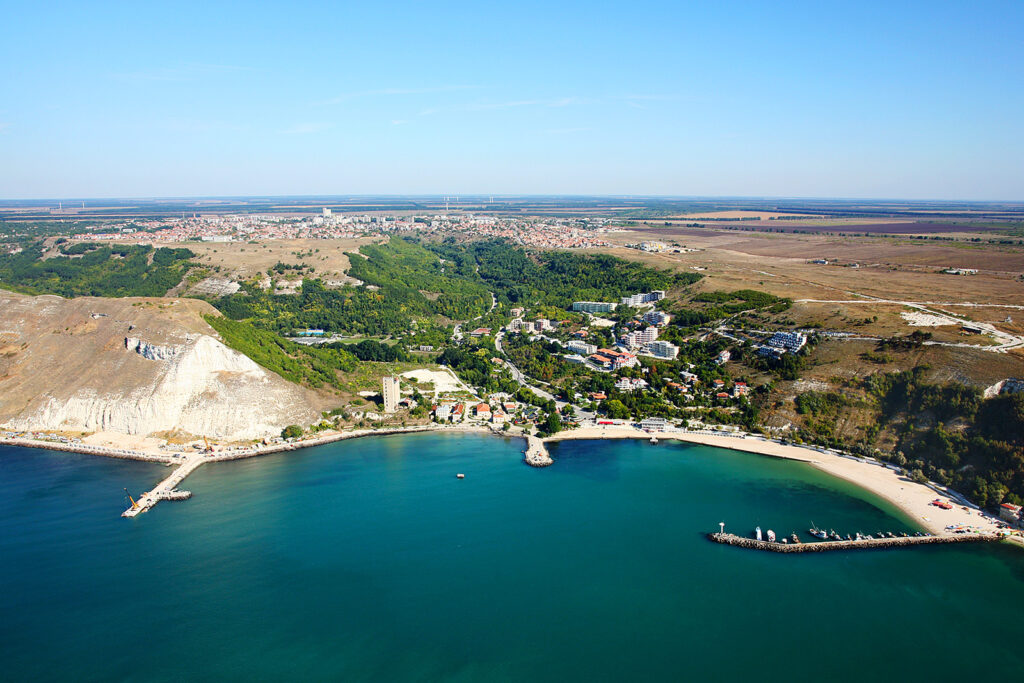
Eastern Europe’s Balkan bounds include parcels for less than €500 per acre in Bulgaria’s coastal foothills. EU funding for rural development and digital‑nomad visas are bringing budget‑minded remote workers to the mix. Olive orchards, lavender farms, and medieval villages have the IG‑story potential—ideal for Airbnb co‑ops and farm‑to‑table bistros. With wine‑tourism on the rise, these fields will soon be worth far more than the current penny‑dreadful prices.
Thanks to EU funding, you can tap into rural-development grants for everything from solar panels to digital-upskilling centers. Nomad visas get you tax perks for the first year, so your Bulgarian venture can grow faster than your Instagram following. Locals welcome outsiders with community festivals celebrating rose-petal jam and ancient Thracian wines—you’ll never run out of networking events. Coastal proximity means weekend getaways to beach ruins and fish markets, adding real estate cachet to your farmland. And with Vienna under three hours by rail, client meetings become a day-trip vibe. If agritourism or remote-work retreats are your MO, the Black Sea hinterlands are about to hit premium status.
8. Portugal’s Alentejo Region
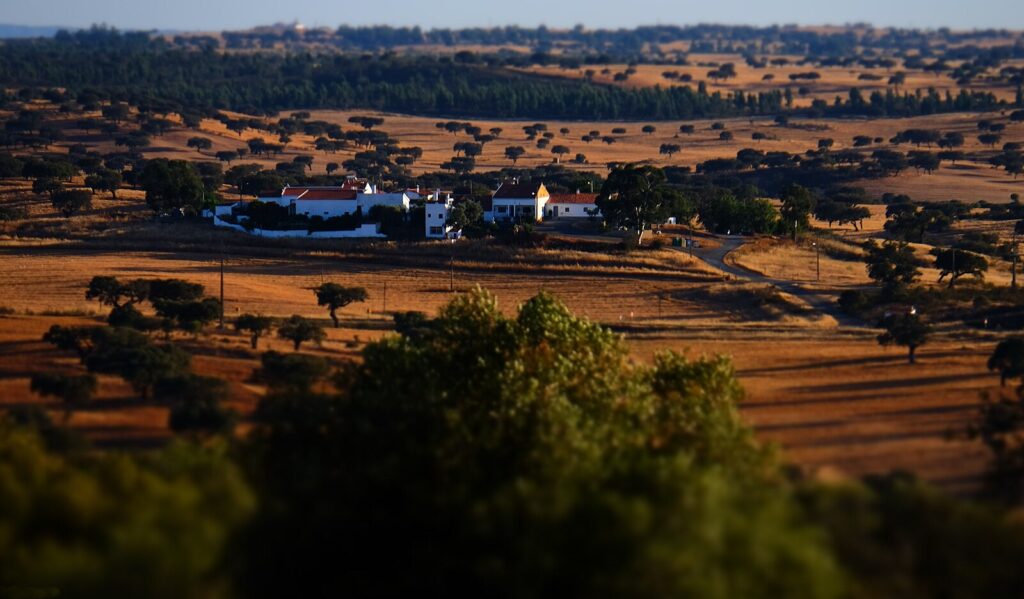
Forget Lisbon’s crowds—Alentejo’s rolling plains still offer vineyards at €1,000 per hectare. Portugal’s digital‑nomad visas and the golden‑visa perks (recently retooled) have pushed up demand, but inland tracts remain a steal. The mix of cork forests, saffron farms, and renewable‑energy sites (windmills dot the landscape) makes this a mosaic of future estate portfolios. Once high‑speed rail reaches this gastronomic heartland, prices will leap like a bull at Pamplona.
While Lisbon’s real estate bubble keeps inflation soaring, Alentejo remains a bargain oasis, dotted with wind farms and cork oak meadows. The local councils love foreign investors: property taxes are low, and the golden visa scheme offers EU residency when you invest. Gastronomic tourism thrives on local olive oil tastings and saffron-infused feijoada events, so there’s money in hosting foodies. High-speed rail expansion is on the docket, promising 45-minute trips to Lisbon soon. With eco-lodges, solar ranches, and artisanal cheese farms cropping up, this region is the next luxury rural frontier.
9. Colombia’s Coffee Triangle
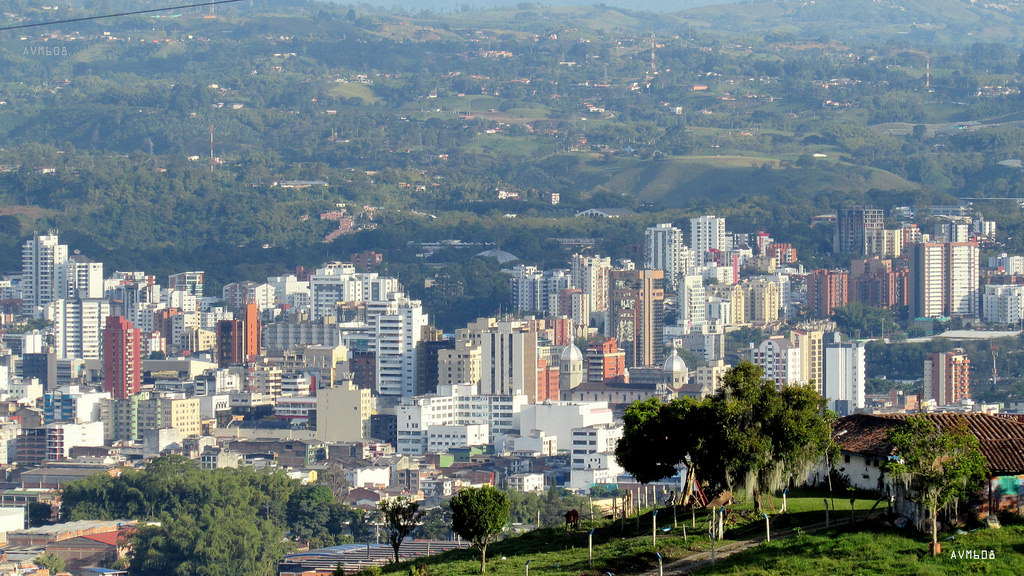
In Colombia’s famed coffee belt, micro‑farm plots go for under $3,000 per acre. Coffee cooperatives and boutique roasteries are courting fair‑trade investors, turning robusta fields into artisanal gold mines. Plus, infrastructure projects connecting Medellín and Pereira are slashing transport times. Attractive climate, friendly locals, and ultra‑low cost of living make this a double‑win: yield those beans, and watch your land’s value percolate upward.
Improved highways and a booming tourism sector mean your coffee venture could double as a guesthouse business overnight. Fair-trade certifications and direct-to-consumer subscriptions make boutique coffee more profitable than ever. Digital nomad hubs offer coworking among the coffee plants, turning your finca into a brainstorming retreat. Local barista championships attract crowds, giving you built-in marketing for your beans. Between the Andes’ foothills and UNESCO heritage towns, your property’s value is steeped in both natural beauty and cultural capital.
10. Romania’s Transylvania Plains
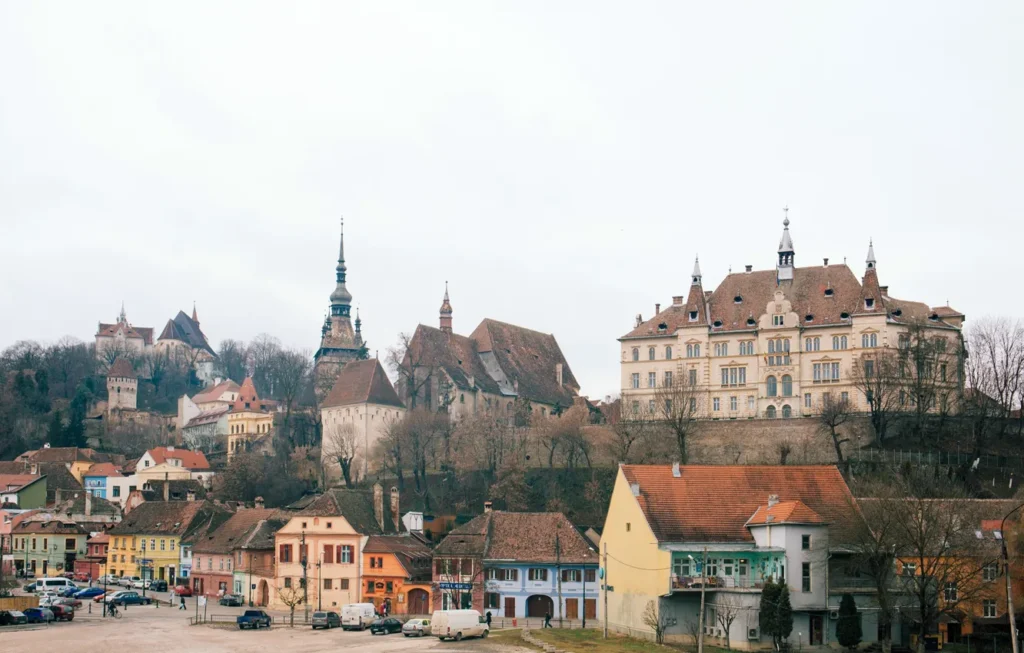
Not just Dracula’s domain, Transylvania’s plains still feature agrarian estates under €2,000 an acre. EU subsidies for sustainable agriculture (think solar‑powered barns, organic wheat) are flowing, and tech‑hub Bucharest’s commuter belt is creeping outward. Castle restoration tourism is also booming, so if you fancy hosting crypt tours alongside your sheep farm, better secure those acres now.
With EU subsidies still flowing, you can get grants for converting barns into B&Bs or installing solar arrays across your fields. Tech entrepreneurs are eyeing Bucharest’s suburban spillover, meaning commuter trains will soon buzz through your land. Medieval castle tours are a hit on TikTok, so hosting castle-themed glamping could become a viral revenue stream. The local healing spas, thanks to thermal springs, also draw crowds—think wellness retreats in your backyard. It’s a land of legends and loot—just waiting for your GPS to mark it as a hot spot.
11. South Africa’s Eastern Cape
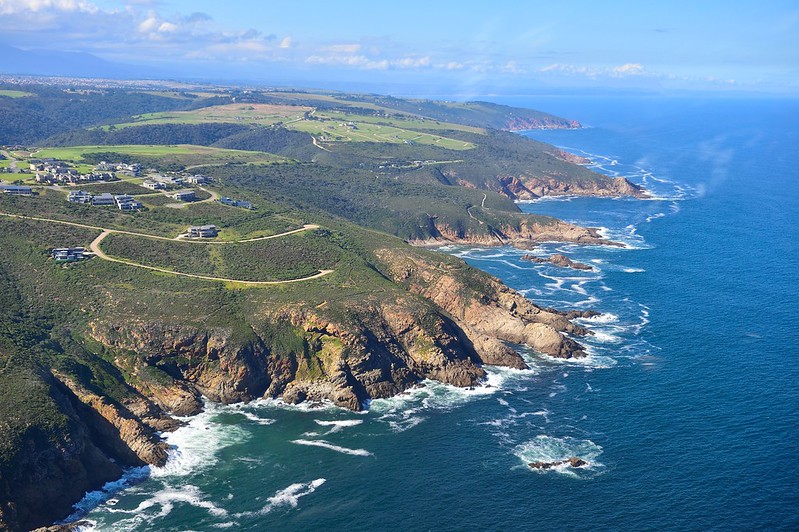
Between Addo’s elephants and Jeffreys Bay’s surf, Eastern Cape farmland averages just R10,000 per hectare. Conservation trusts are buying up land for wildlife corridors, promising carbon‑offset revenue. Coastal villages are eyeing eco‑lodges, and the Garden Route’s allure is finally spilling inland. With infrastructure projects linking Port Elizabeth to the hinterland, wilderness retreats here are next on every luxury‑travel bucket list.
International conservation groups are paying premium rates for land that can form wildlife corridors between parks—so your farm could earn carbon credits just by staying wild. Jeffreys Bay’s surfer community holds annual festivals that spill into inland towns, boosting hospitality demand. Local infrastructure upgrades promise smoother drives from Port Elizabeth to your doorstep, making weekend eco-tourists less daunted. Add bespoke safari lodges and sea-kayaking ops on the weekends, and you’re looking at a mash-up of adventure tourism and conservation chic. Now’s your chance to invest before the lodges are all booked solid.
12. Brazil’s Piauí State
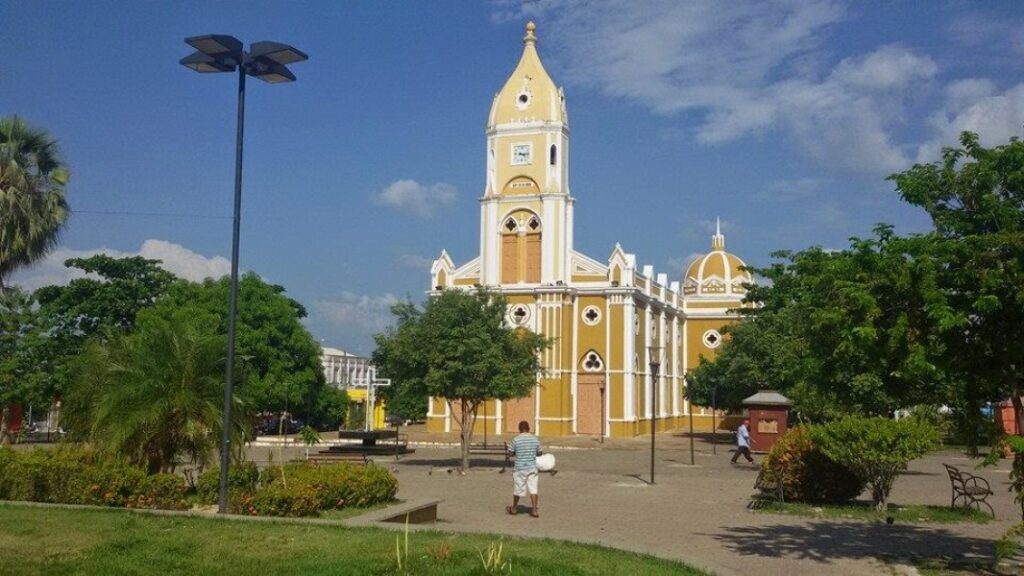
Often overlooked in favor of Rio and São Paulo, Piauí’s cerrado savanna is still less than BRL 2,000 per acre. The state government is offering incentives for agribusiness and biofuel projects, tapping into the Amazon’s edge. Wildlife reserves and cowboy‑culture ranches are prime for glamping resorts and carbonâ€credit farms. Once highways reach deeper into this frontier, expect prices to gallop northward.
State incentives include subsidized loans for biofuel projects and reduced property taxes for agribusiness startups. Eco-friendly ranches are pitching to European carbon-offset programs—so your acreage can literally pay you to preserve its wildlife. Cowboy-culture festivals and rodeos draw massive crowds, providing annual revenue spikes for lodging and concessions. The cerrado’s unique flora is also a biotech gold mine, with universities hunting for medicinal plants. Highway expansions from Teresina are in the works, promising quicker truck routes and boosting export potential.
13. Philippines’ Mindanao Highlands
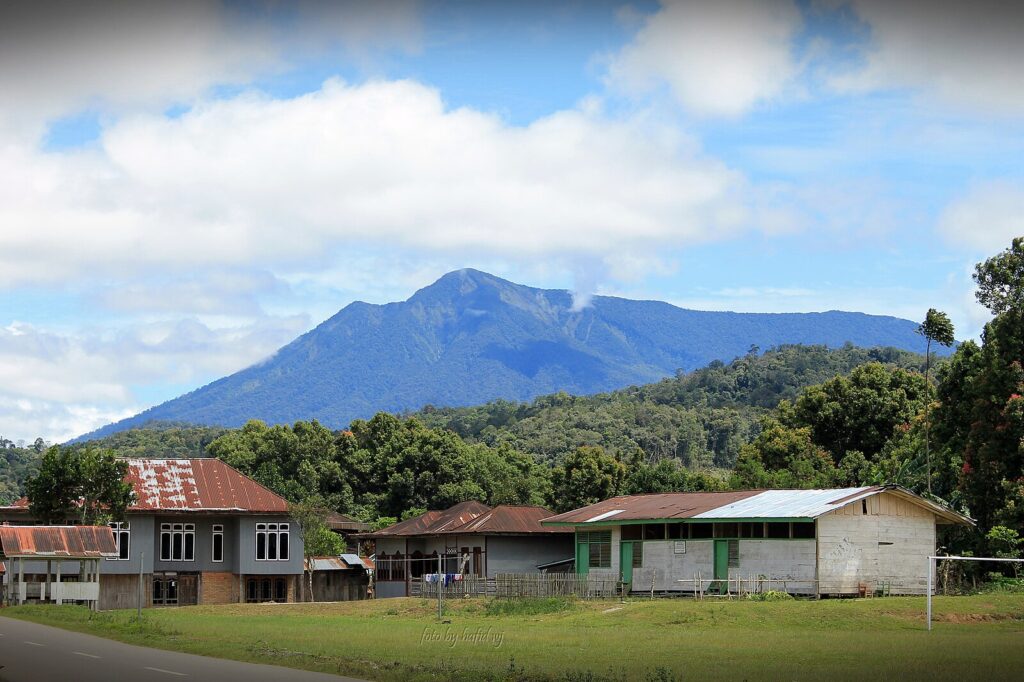
Magellan didn’t finish here, but you can. Mindanao’s highland tracts go for under $500 per hectare, with coffee and cacao plantations gaining export markets. The Philippine government is pushing rural electrification and road‑building, connecting remote farms to ports. Eco‑tourism lodges, volcano treks, and tribal‑craft co‑ops are growing, making this a melting pot of cultural and natural riches. Snatch your jungle plot before the next Manila‑to‑mountains weekend warriors discover paradise.
Beyond coffee and cacao, Mindanao’s highlands are prime for high-value crops like dragon fruit and specialty ginger. The national rural electrification push has your land pre-wired for micro-hydro and solar arrays—just plug in your greenhouse. Cultural initiatives with indigenous tribes offer eco-cultural tourism packages, so your guests can learn traditional weaving on-site. New roads cut jungle commuting times in half, and ports in Davao City open doors to export markets. If your dream is a tropical retreat with community impact, this is the under-the-radar paradise before it explodes.
This article is for informational purposes only and should not be construed as financial advice. Consult a financial professional before making investment or other financial decisions. The author and publisher make no warranties of any kind.








